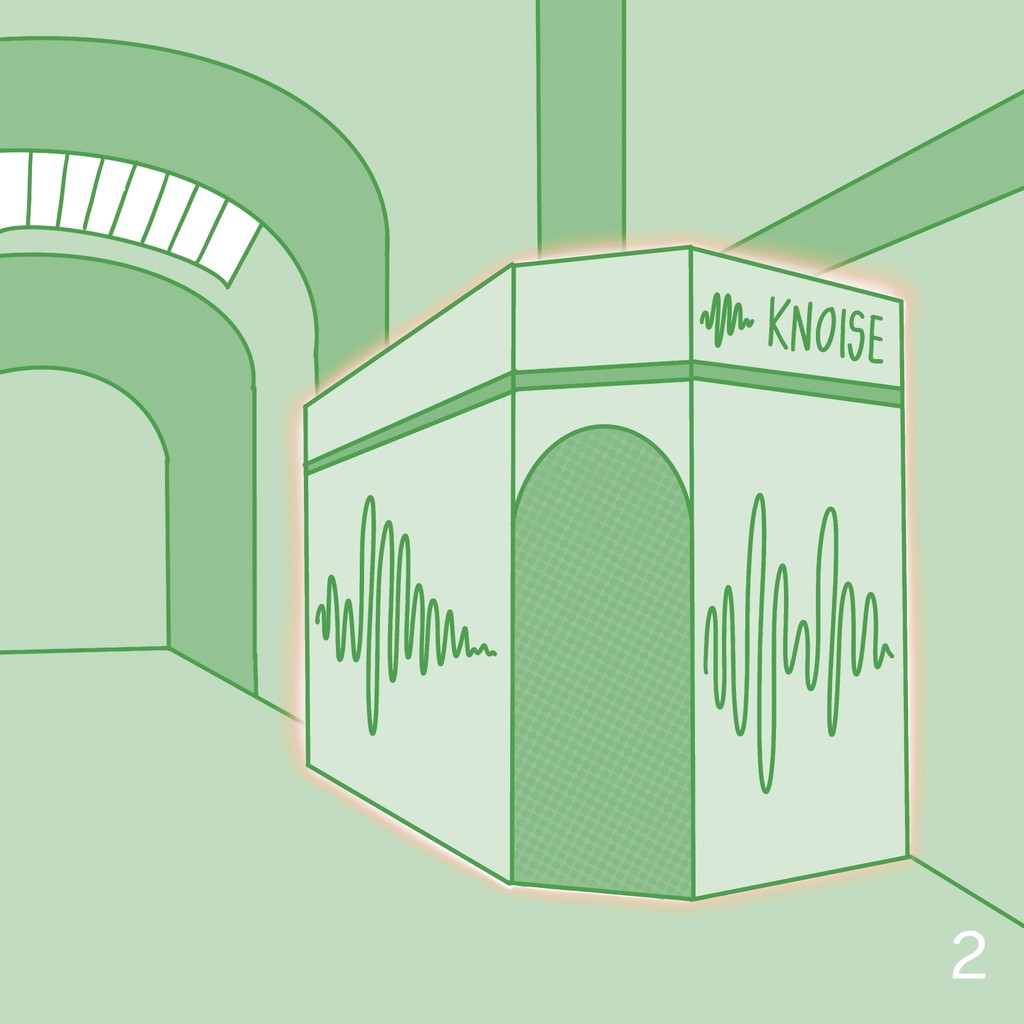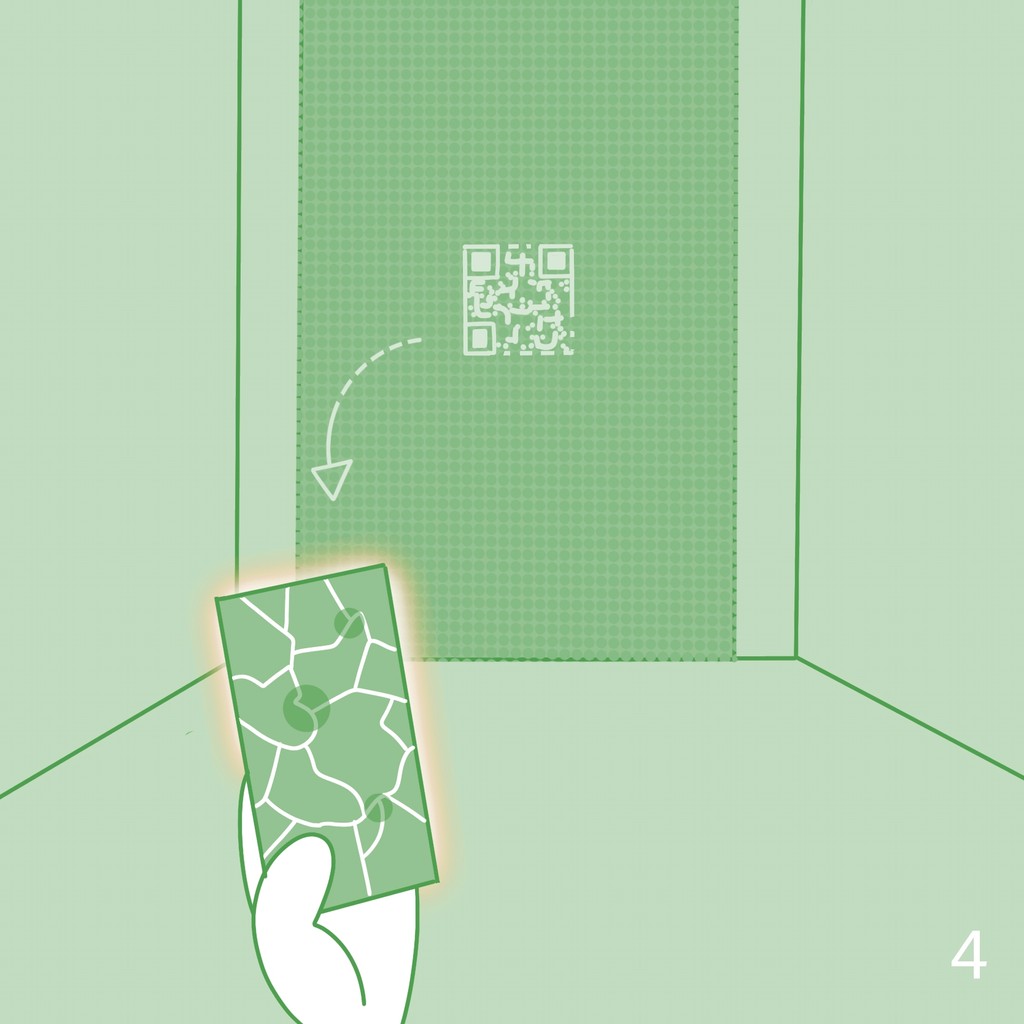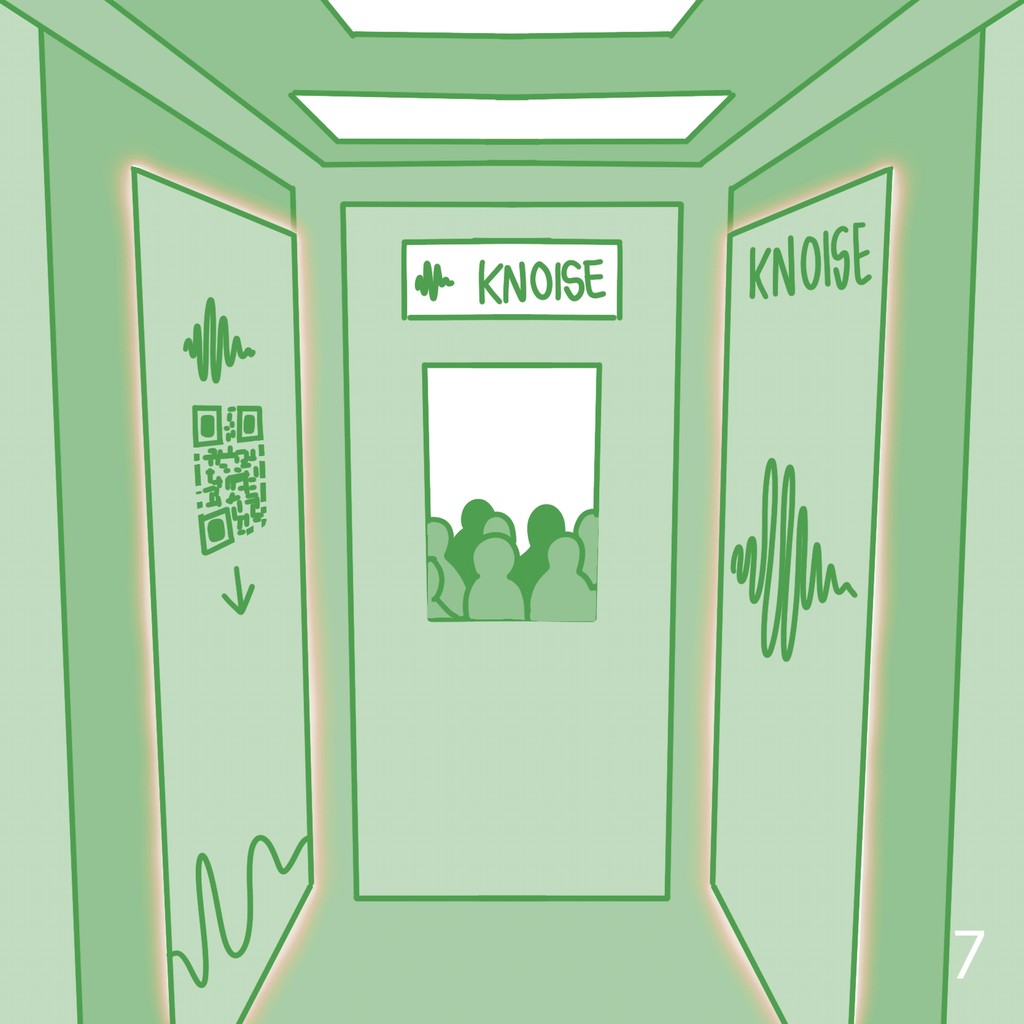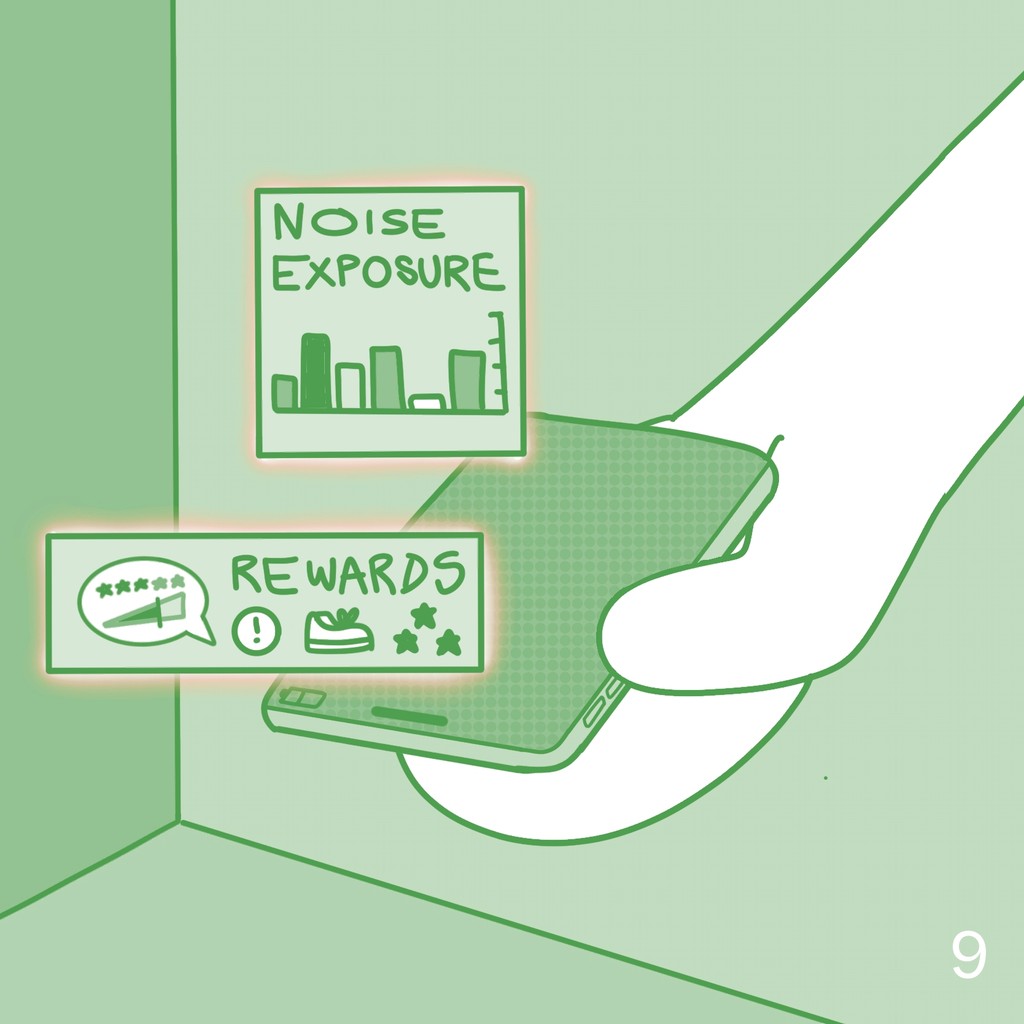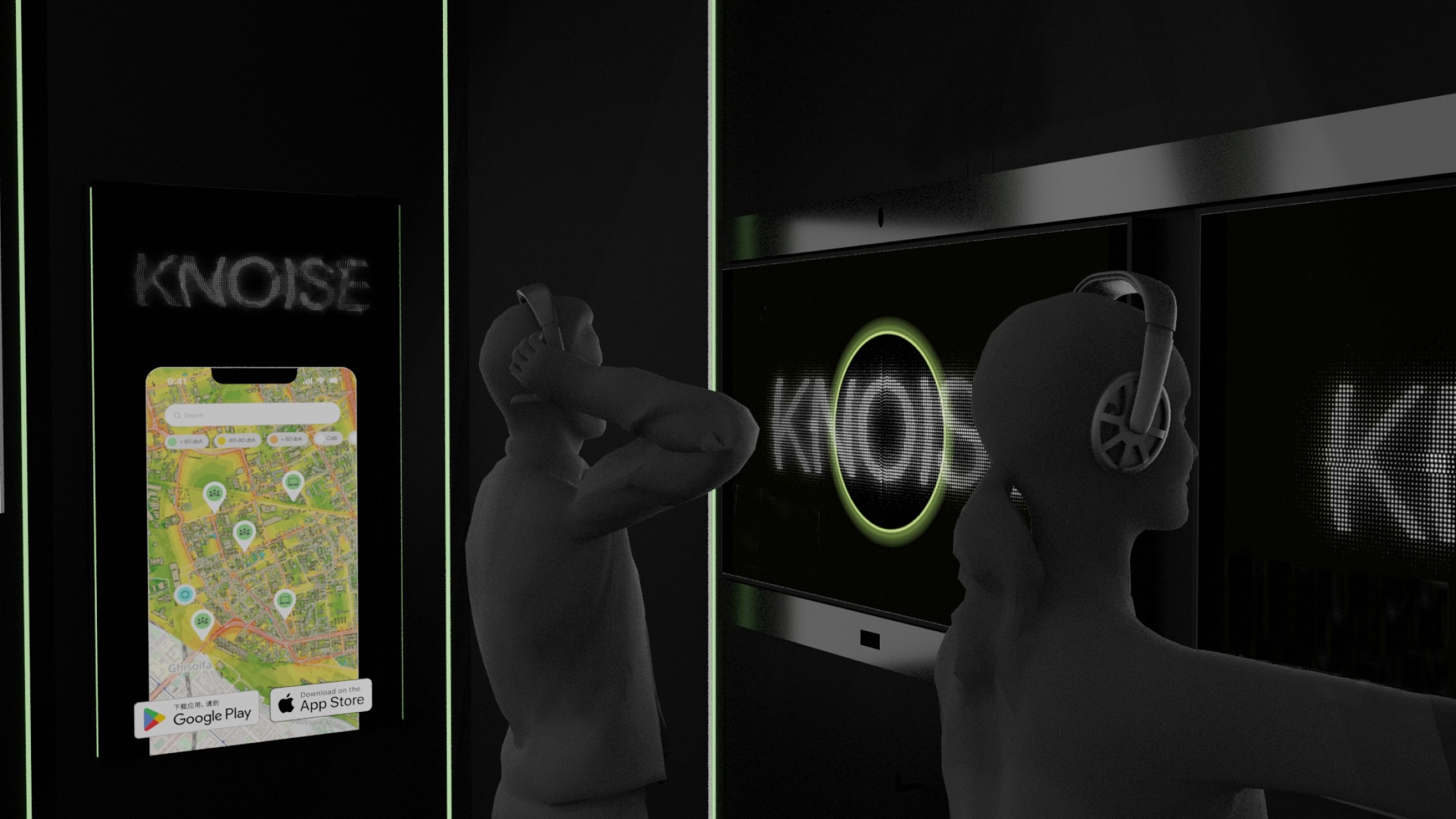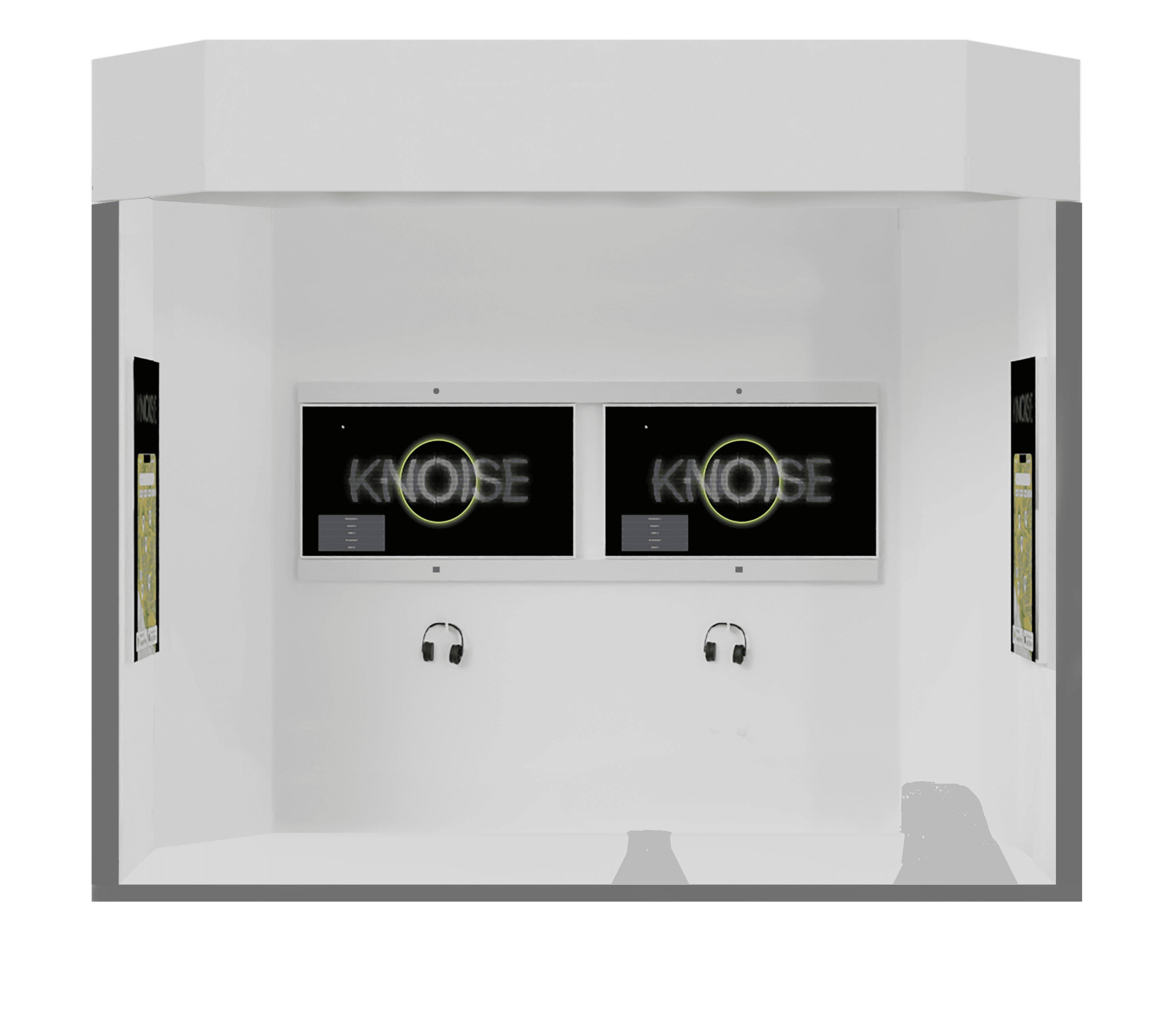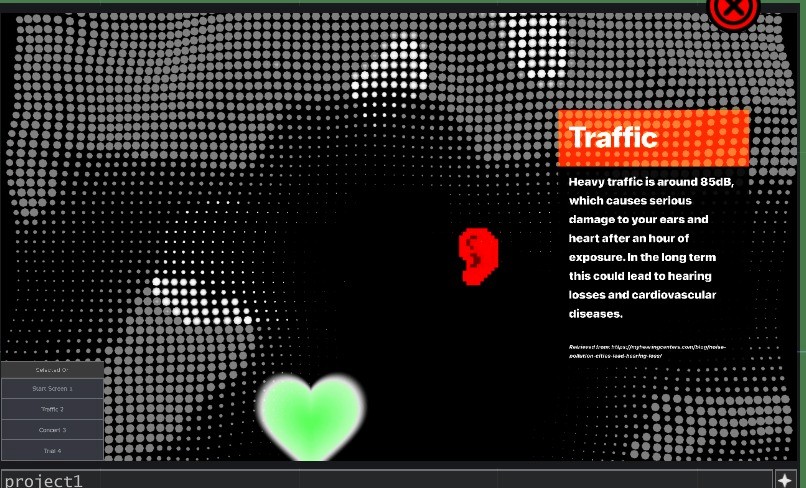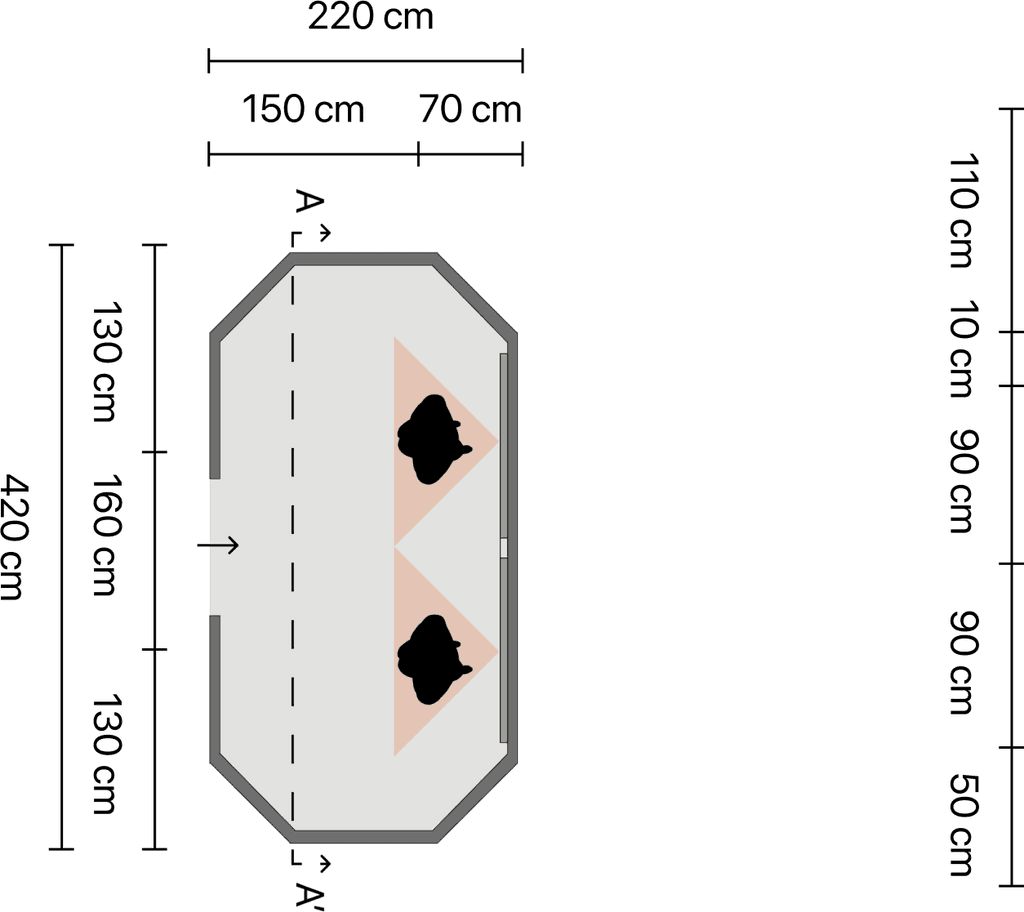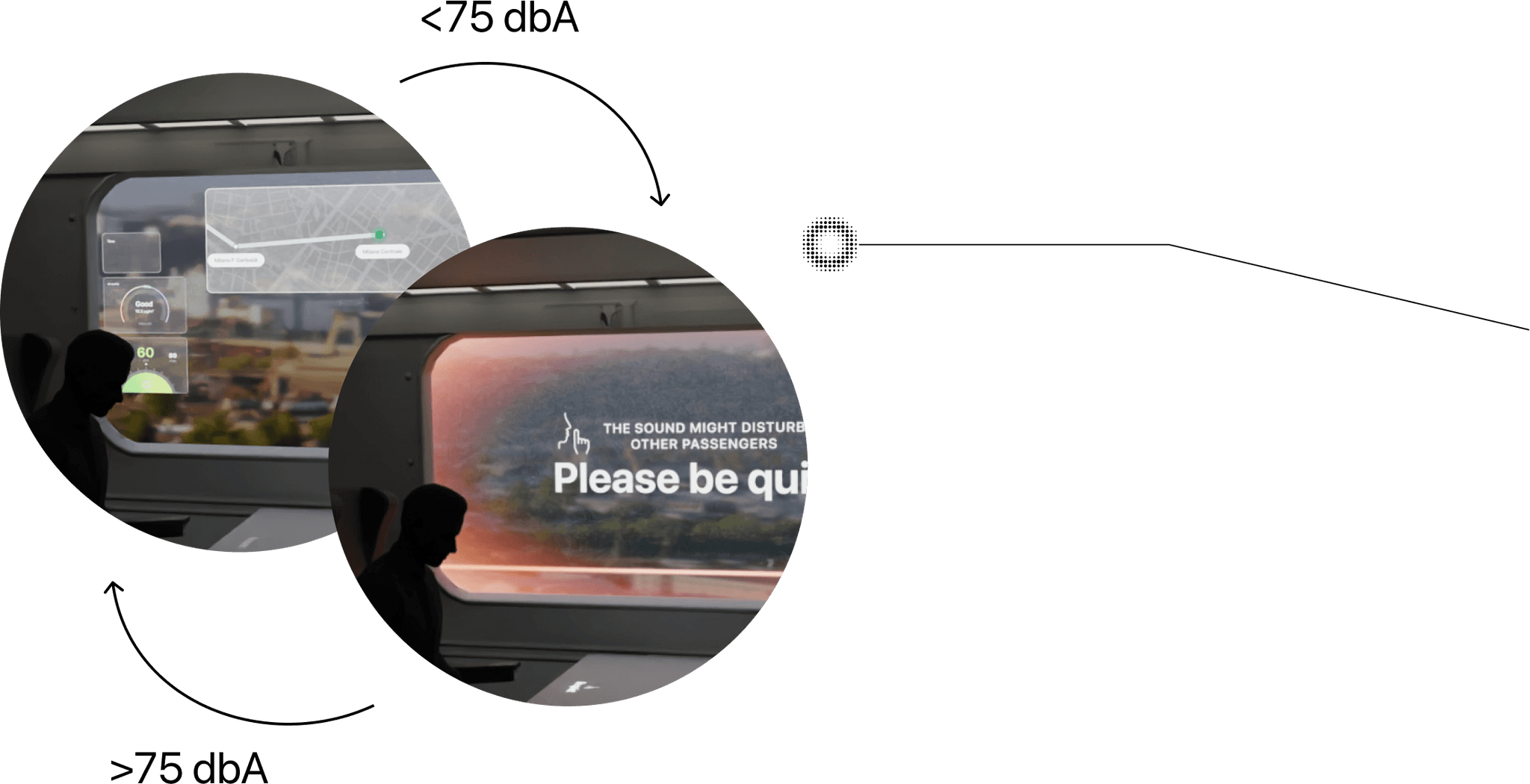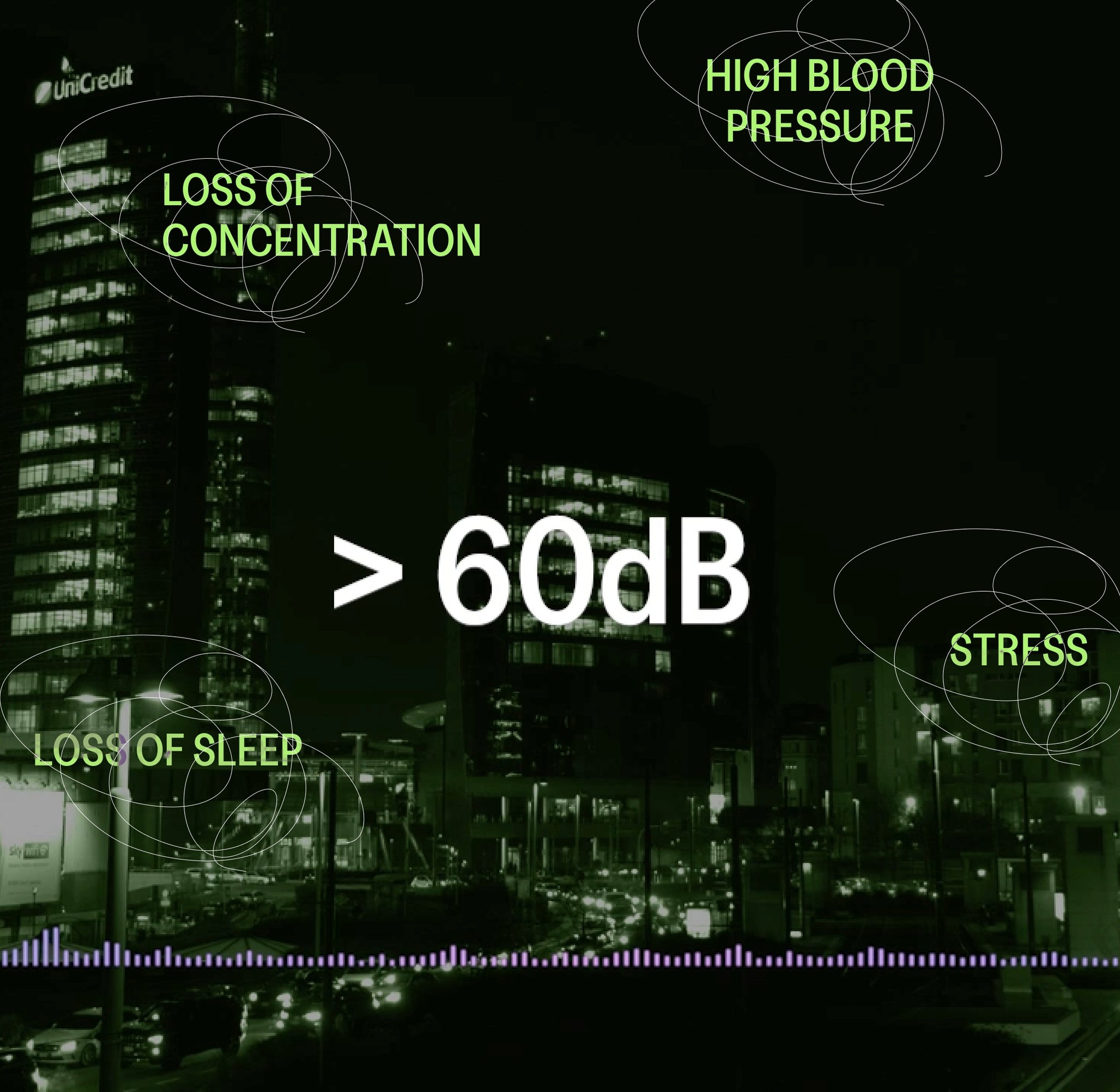
context
By 2100, 84% of the world’s estimated 10.8 billion people will likely live in cities¹. That means noise pollution will grow both in those areas and in surrounding suburbs, which were typically safe havens from the chaos of the city. At the same time, the concept of smart cities is becoming a more and more common reality. But how can smart cities deal with this foreseen change? In such a scenario, data will be used as an exchange between governments and citizens, through active contributions, in order to manage services and improve operations efficiently.²
context
By 2100, 84% of the world’s estimated 10.8 billion people will likely live in cities¹. That means noise pollution will grow both in those areas and in surrounding suburbs, which were typically safe havens from the chaos of the city. At the same time, the concept of smart cities is becoming a more and more common reality. But how can smart cities deal with this foreseen change? In such a scenario, data will be used as an exchange between governments and citizens, through active contributions, in order to manage services and improve operations efficiently.²


